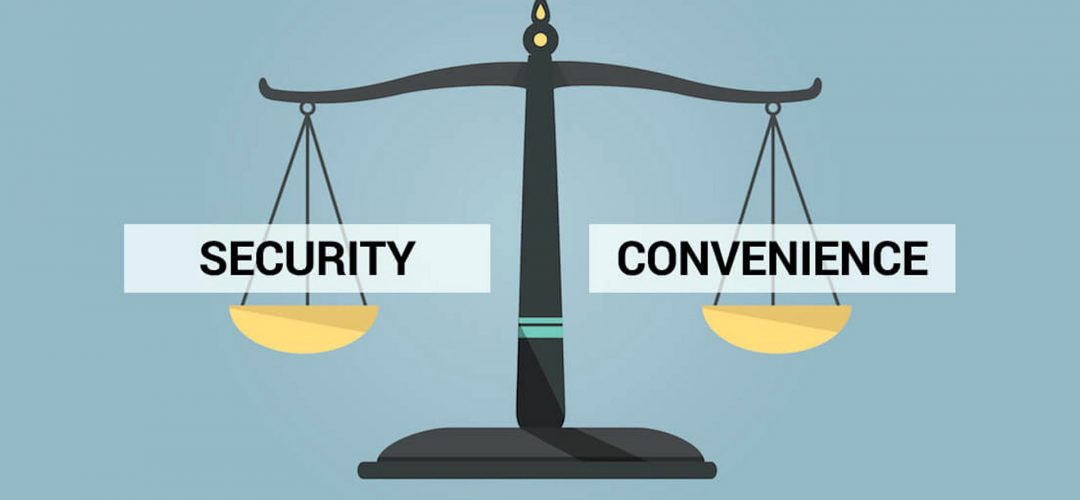In an era where digital transformation reshapes every facet of our lives, the comparison between convenience, security, and accessibility in services, particularly in digital banking, has never been more pertinent. This blog post endeavors to dissect and analyze these three pillars that stand at the core of digital financial services.
With digital banking at the forefront of this digital shift, understanding how it balances these elements can provide insights into its growing popularity and increasing adoption rate across the globe.
Introduction to Digital Banking
Digital banking represents the convergence of traditional banking services with modern technology, offering users the ability to manage finances through digital platforms without the need for physical branches. This paradigm shift not only emphasizes convenience but also brings forth considerations surrounding security and accessibility.
As the primary focus keyword of our exploration, digital banking’s rise highlights a pivotal transformation in how financial transactions are conducted, viewed, and secured in a rapidly advancing technological landscape.
The allure of completing banking tasks from anywhere, at any time, attracts a diverse clientele, ranging from tech-savvy millennials to busy professionals seeking efficiency in their financial management.
However, this convenience does not come without challenges, particularly in ensuring robust security measures and maintaining high accessibility standards.
Delving into Convenience
The ease of use and the non-stop availability of digital banking platforms provide unparalleled convenience for users. The ability to execute transactions, apply for loans, and manage accounts through smartphones and computers has revolutionized the concept of banking.
This convenience, however, demands a seamless user experience, requiring digital banking platforms to develop intuitive interfaces that cater to a broad user base, including those less familiar with digital applications.
Moreover, the aspect of convenience is significantly enhanced by features like automated bill payments, real-time notifications, and customized financial advice, making personal finance management not just easier but also more efficient.
Navigating through Security Concerns
Security remains a paramount concern in digital banking. The safeguarding of personal and financial information from cyber threats necessitates the implementation of cutting-edge security measures.
Financial institutions invest heavily in sophisticated encryption technologies, multi-factor authentication, and continuous monitoring systems to protect user data. These measures are vital in building and maintaining trust among users, encouraging the adoption of digital banking services.
However, the onus also lies on users to maintain vigilance, adopting secure passwords, and being aware of phishing scams, thereby contributing to the collective security framework.
Ensuring Accessibility for All
Accessibility in digital banking goes beyond providing an online platform; it involves making these services usable for everyone, including individuals with disabilities and those residing in remote areas with limited internet access.
Digital banking services strive to comply with international accessibility standards, offering features such as text-to-speech for visually impaired users and simplified navigation for those less adept with technology.
Moreover, addressing the digital divide through financial literacy programs and offering multilingual support can further enhance accessibility, making digital banking a truly inclusive financial tool.
Comparative Analysis and Emerging Trends
When comparing convenience, security, and accessibility, it becomes apparent that these elements are not mutually exclusive but rather interdependent. Emerging trends in digital banking focus on leveraging technology like artificial intelligence and blockchain to enhance these facets simultaneously.
AI-driven chatbots improve convenience by providing 24/7 customer service, while blockchain technology offers new dimensions of security through decentralized transactions. Meanwhile, cloud computing advancements aim to improve accessibility by reducing service interruptions and enhancing mobile app functionalities.
Future Outlook
The future of digital banking looks promising, with ongoing innovations aiming to elevate the user experience while ensuring robust security and widespread accessibility. As digital banking continues to evolve, it will likely set new standards for efficiency in the financial sector, reshaping customer expectations and service delivery models.
The dynamics between convenience, security, and accessibility will remain at the forefront of this evolution, guiding the development of digital banking platforms that can meet and exceed the demands of the digital age.
In conclusion, the comparison between convenience, security, and accessibility within digital banking underscores the complex balance that financial institutions must maintain to stay competitive and respected in the digital era. As digital banking continues to forge the path forward, these elements will serve as critical markers for success, shaping the future of financial services in an increasingly digitalized world.






